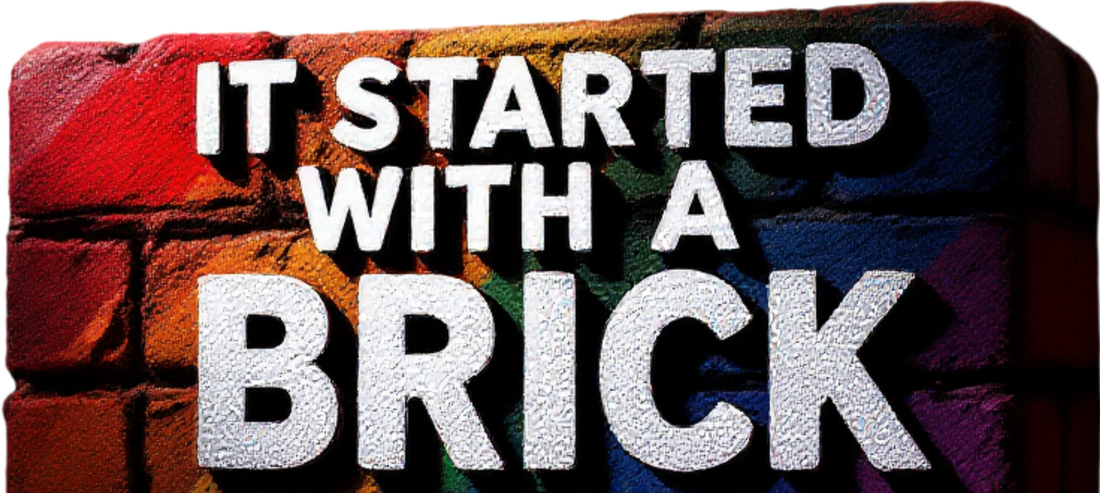
Pride Started with a Riot (And Maybe a Brick) Stonewall Riots
Share
Pride didn’t start with rainbows and dance parties— Stonewall Riots It May have tarted with a brick.
On June 28, 1969, the stonewall riots at the Stonewall Inn in New York City, LGBTQ+ folks—especially trans women of color, drag queens, and street youth—had reached their breaking point. That night, when police once again raided the bar, the community resisted. Among those who led the charge were icons like Marsha P. Johnson and Sylvia Rivera.
Legend has it that a brick was thrown, symbolizing the moment the community rose up against years of oppression. While the exact details are debated (Marsha herself later said she arrived after the uprising began), she remains a powerful symbol of that night—and of the fight for LGBTQ+ rights.
The Stonewall Uprising sparked days of protests and ignited the modern Pride movement. One year later, the first Pride march took place to honor what happened at Stonewall—and it’s only grown from there.
So yeah, Pride is a party. But it’s also a protest. And it all started with a brick, a riot, and a refusal to stay silent.
Stay bold. Stay loud. Stay proud.
